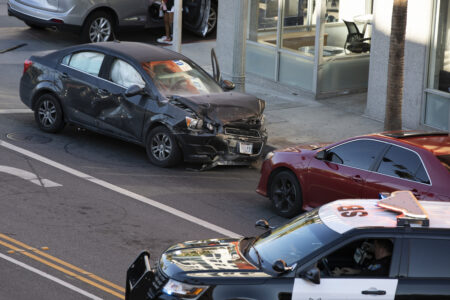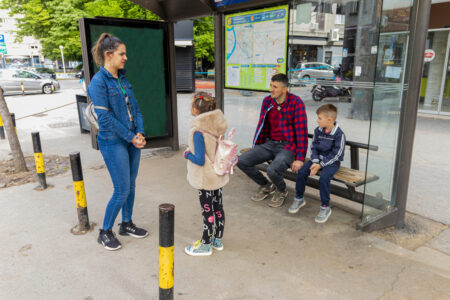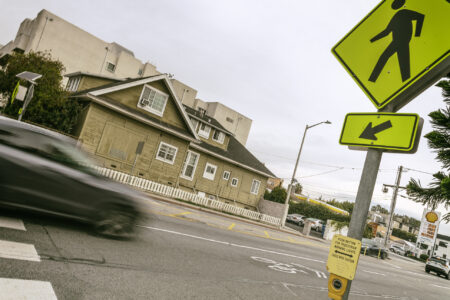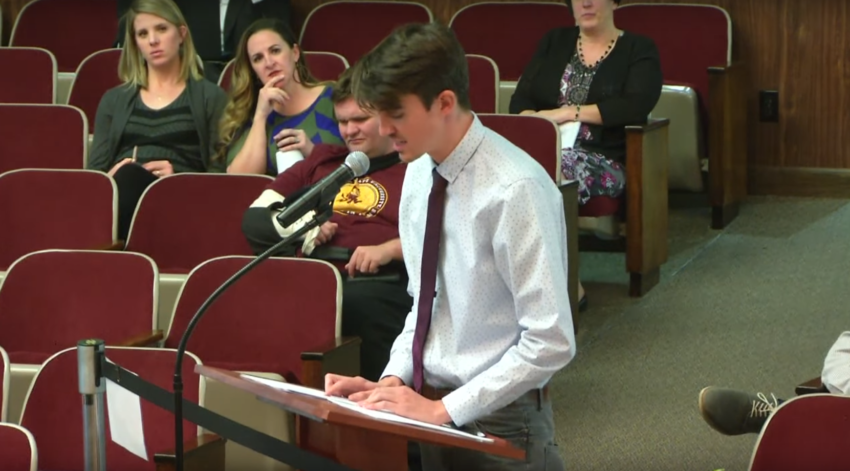
Share On Social!
Complete Streets were nearing a dead end in Phoenix.
But after 42 meetings and three years of inaction, members of the city’s Complete Streets Advisory Board started a citizens’ petition to finally spur city leaders to vote on new Complete Streets guidelines.
The vote is set for May 2018.
Phoenix’s Complete Street guidelines—to design streets for all users, walkers, bikers, commuters, drivers—were originally set for 2015.
In fact, the Complete Streets Advisory Board was established in 2014 to create Complete Streets design guidelines for adoption by City Council within one year. However, a lengthy review process obstructed adoption, and the city continued to build streets for cars rather than for people.
Advisory board members, fed up as people continued to be killed on city streets, took a drastic measure to get the city’s attention.
Not Safe for Pedestrians
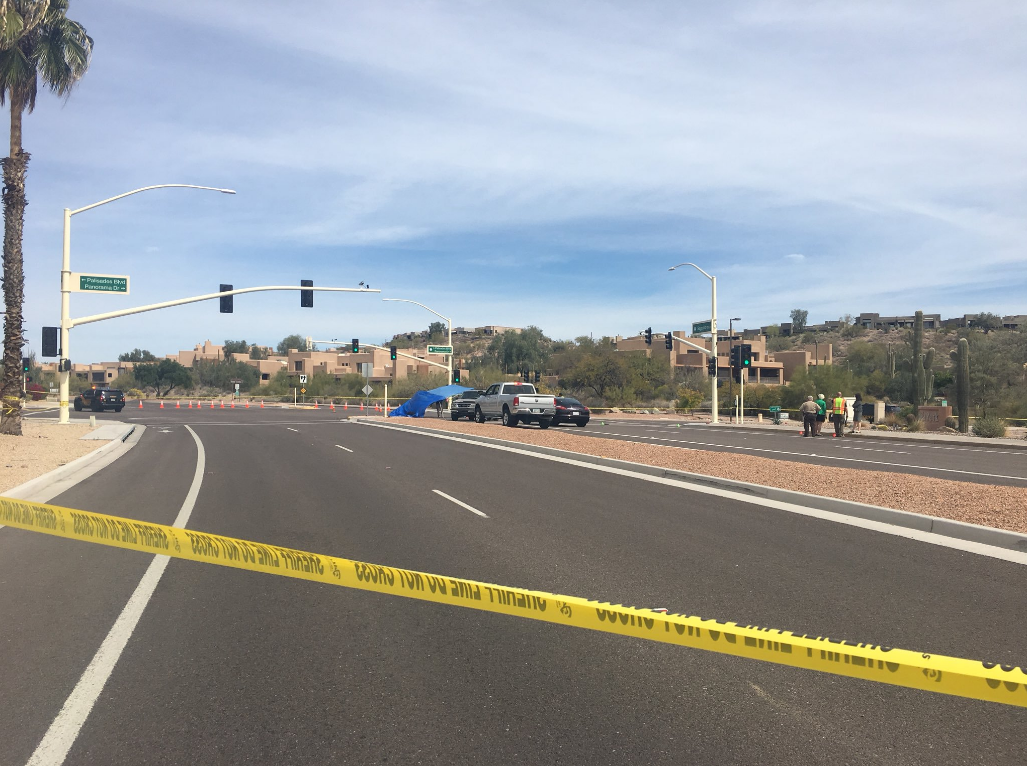
Forty-three percent of pedestrian deaths in first half of 2017 occurred in just five states—California, Florida, Texas, New York, and Arizona—although these five states only make up 30% of the U.S. population.
Latinos living in these areas are disproportionately burdened by serious injuries and fatalities, and these states have large Latino populations—California (38.9% Latino), Florida (24.9% Latino), Texas (39.1% Latino), New York (19% Latino) and Arizona (30.9% Latino).
Arizona has the highest pedestrian death rates in the nation.
In the first few months of 2018, 30 pedestrians were killed while walking in Phoenix.
Speeding cars are a big reason, said Phoenix Mayor Greg Stanton.
“Our arterial streets, in part because of the history of the city of Phoenix, were designed as almost de facto freeways,” Stanton said, according to Rebecca Spiess with the Downtown Devil. “People speed more quickly on our roads, and that leads to a potentially more dangerous situation.”
Fatalities and serious injuries are not inevitable and should not be an accepted risk.
Beyond fatalities, how public streets are designed impacts day-to-day life.
Without transportation options, community members are closed off from important community destinations and resources, like grocery stores, employment opportunities, parks, and healthcare. Additionally, without safe places to walk or bike, people are less physically active and face more physical and mental health problems.
Complete Streets Advisory Board
In 2014, the Phoenix City Council passed an ordinance creating a Complete Streets Advisory Board to create Complete Streets design guidelines to inform and guide the design, construction, maintenance, and operations of public streets.
Learn more about the importance of advisory boards.
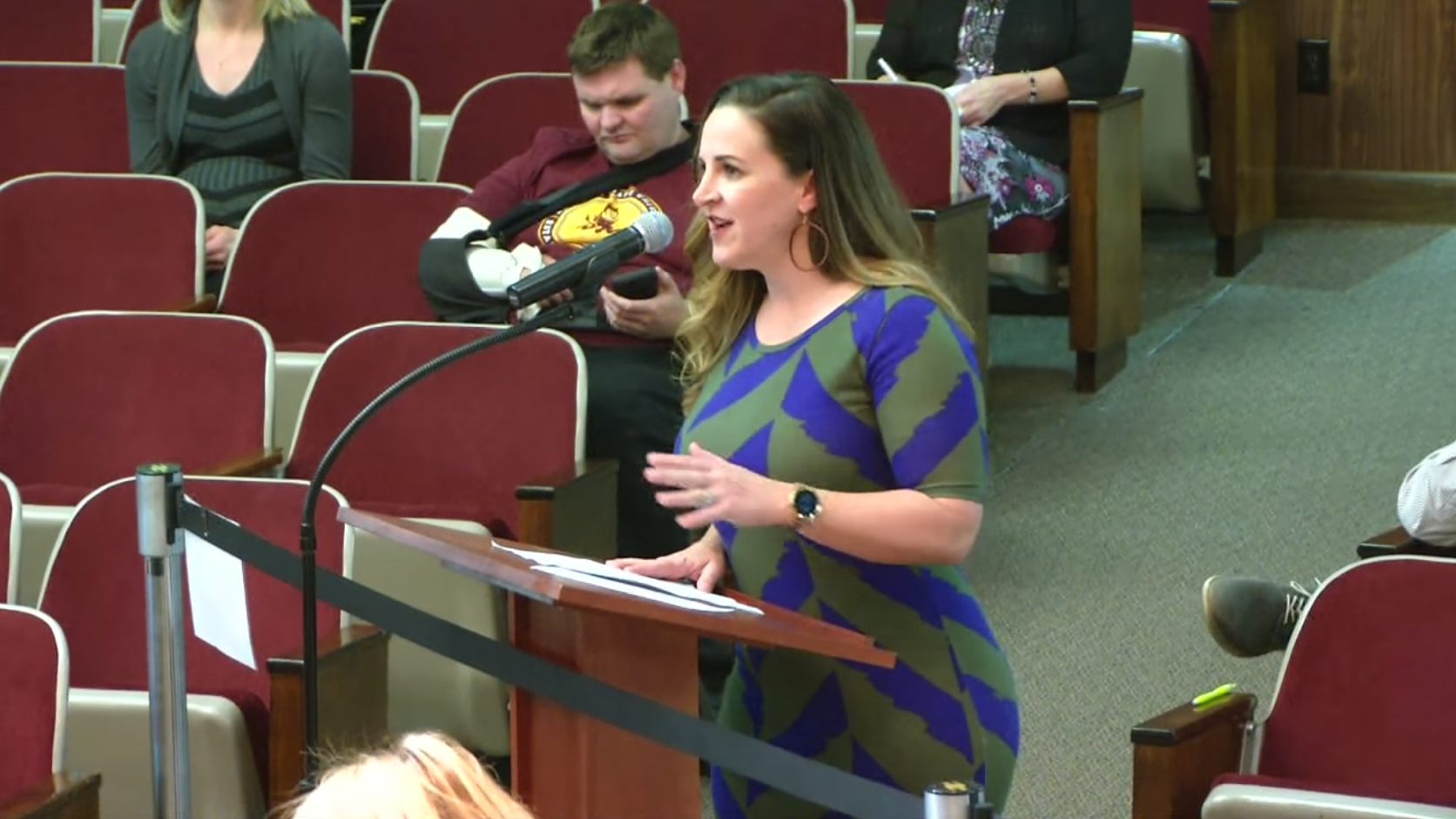
“We see pedestrian deaths as a very urgent issue in the City of Phoenix,” said board member Connor Desheemaker, according to one source. “March in particular was unprecedented with 10 pedestrian deaths in the first week.”
The advisory group was tasked with creating guidelines for city council to adopt by 2015.
They fulfilled their task. Their guidelines to make streets safer for pedestrians are modeled after the National Association of City Transportation Officials’ Urban Street Design Guide, which has been endorsed by the Federal Highway Administration.
However, City Council has yet to vote on the guidelines because of a lengthy review process with the city’s Street Transportation Department.
Although the process with citizens councils includes a lot of back and forth to ensure the final product complies with laws, Descheemaker said Street Transportation Department staff have refused to work with the advisory group and are holding up the process, according to one source.
This is particularly confusing because the city appears to be all in for Complete Streets.
In June, 2017, the City of Phoenix City Council adopted a Complete Streets policy.
The thing about Complete Streets policies, though, is implementation.
Implementation requires modification of the existing Street Transportation Design Guidelines.
For example, landscape barriers are recommended to separate people walking on sidewalks from speeding vehicle traffic.
Circling back, this is essentially what the Complete Streets Advisory Board was created to do in 2014.
“Council wouldn’t have had to create the Complete Streets Advisory Board if the Street Transportation Department had already been designing safe streets,” board member Sean Sweat wrote in an email to the Phoenix New Times. “But they weren’t, so the Council created an oversight board to get Phoenix on the right track.”
But 42 meetings and multiple updates later and city council had still not adopted the guidelines.
“We can’t see any willingness from the Streets Transportation Department to aid us in this process,” Descheemaker said.
So Descheemaker started a petition.
Petition
On April 4, 2018, Descheemaker submitted a citizens’ petition to the Mayor and Council of the City of Phoenix requesting a vote to adopt the Complete Streets Guidelines immediately rather than continue with the lengthy review process.
“The process we have gone through up to this point has not been the direct path that our ordinance has laid out for us,” Descheemaker said.
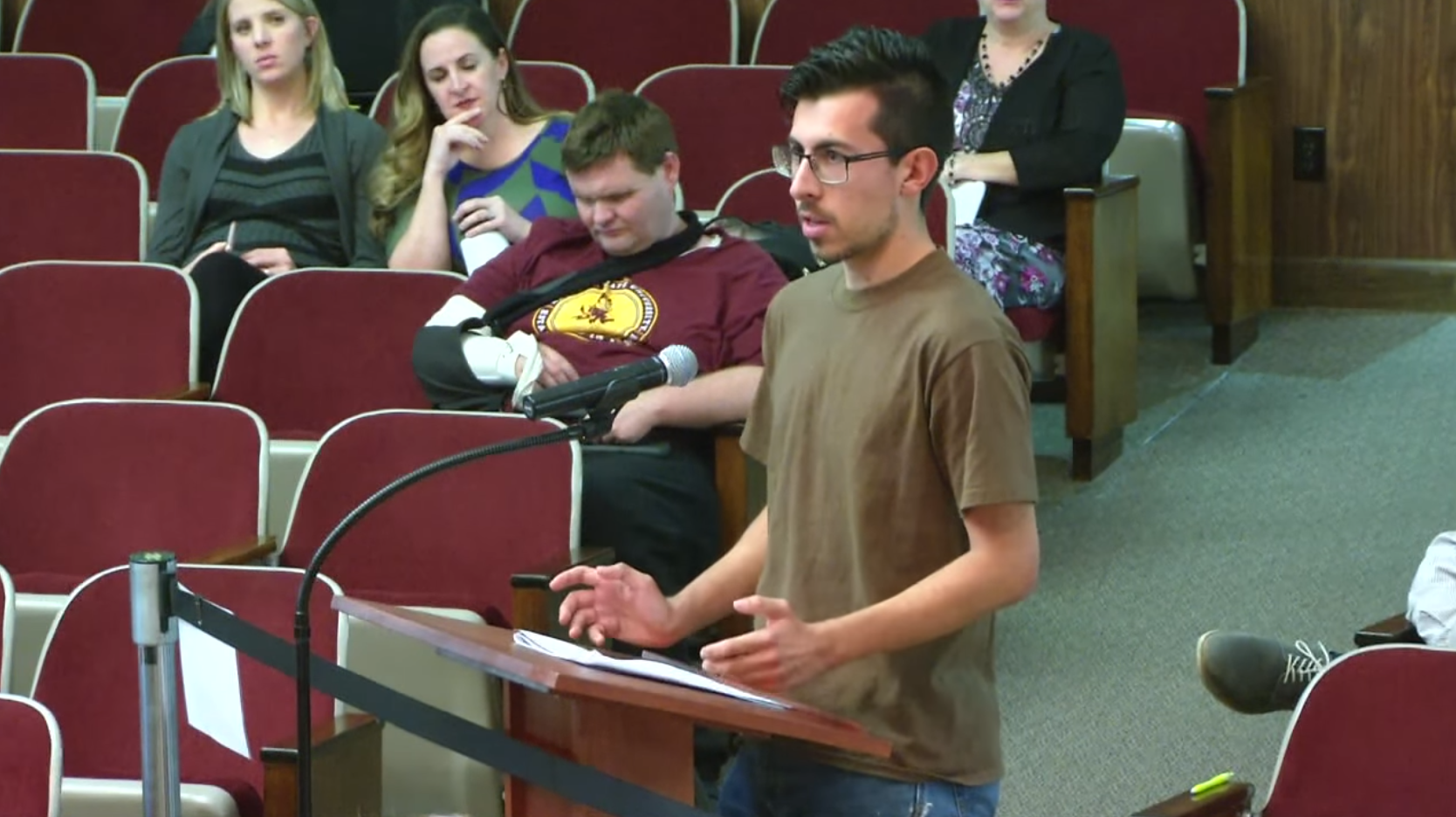
On April 18, Descheemecker, Sweat, other advisory board members, and community residents, like fourth-generation Phoenix resident Gabriel León, attended the city council meeting to speak in favor of the petition proposal. Listen to the public testimony at this council meeting here (3:53:10).
“I personally do not have enough fingers on my hands to count the number of times when I have nearly been run down by a vehicle while biking on Thunderbird Road,” León said. “Nor do I have enough fingers to count the number of times when I’ve almost been run down with my cousins because of the lack of mid-block pedestrian crossings in majority-Latino neighborhoods.”
Adrienne Udarbe, Executive Director of Pinnacle Prevention, spoke about the need to adopt the guidelines immediately to avoid more fatalities, particularly because the guidelines are so flexible in nature.
Pinnacle Prevention is a nonprofit dedicated to growing healthy families and communities.
“In light of it being Bike-to-Work day, I do think it would be quite fantastic if we continue to expedite this process so that we don’t see any more fatalities,” Udarbe said. “It’s really hard to go out to tell citizens to bike to work when they don’t feel safe to do so.”
Leslie Dornfeld, who chairs the Complete Streets Advisory Board also spoke about the need to take immediate action.
“We can either wait for more people to die and have a process where pretty much nothing will change, or we can start working on this now,” Dornfeld said.
City council members came up with a compromise, which passed 6-1.
They decided to move the vote on the guidelines to May, rather than the end of June.
Check back soon for updates.
In the meantime, share this story with pedestrian advocates and elected officials in your city.
Find out which advisory boards are talking about complete streets or pedestrian safety issues in your city.
By The Numbers
27
percent
of Latinos rely on public transit (compared to 14% of whites).

